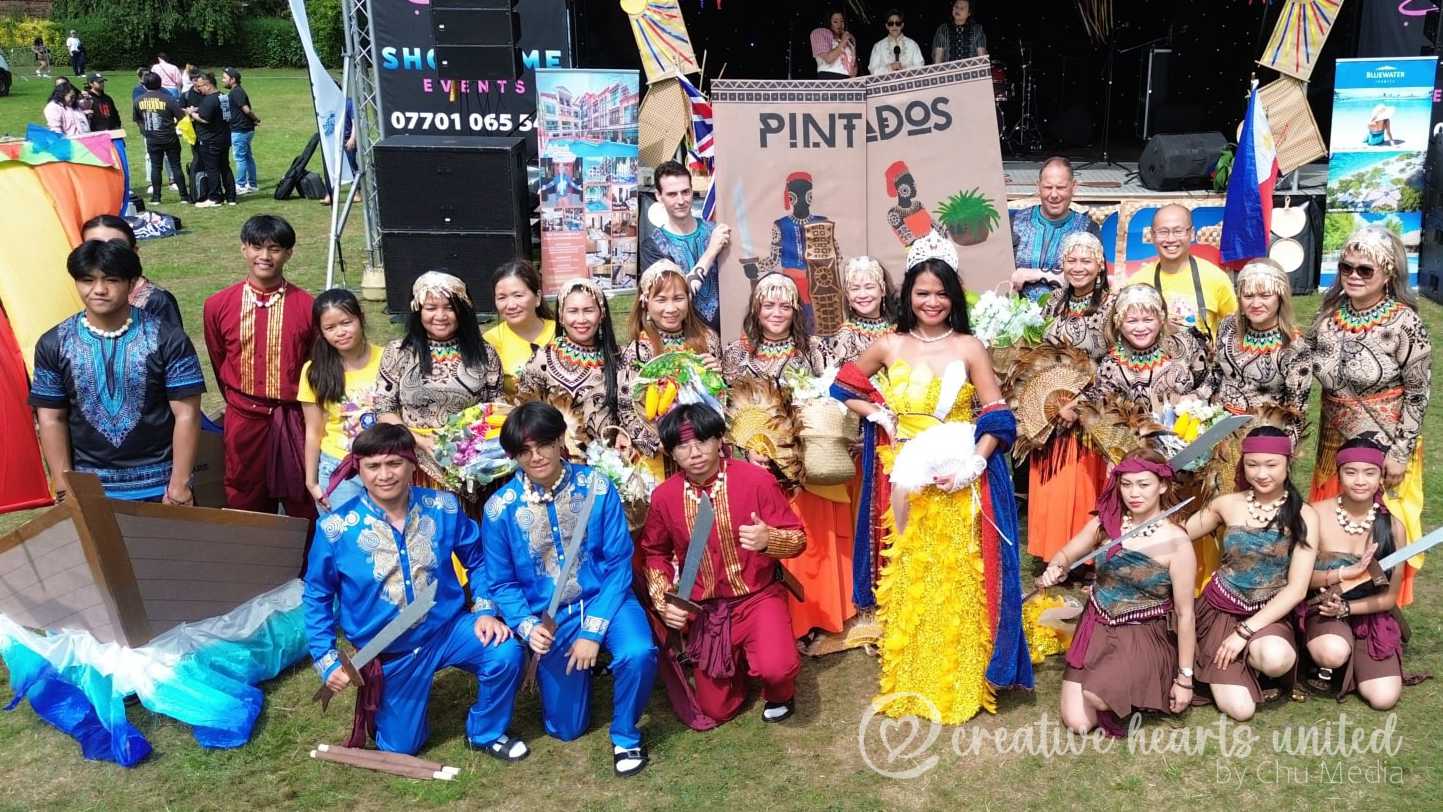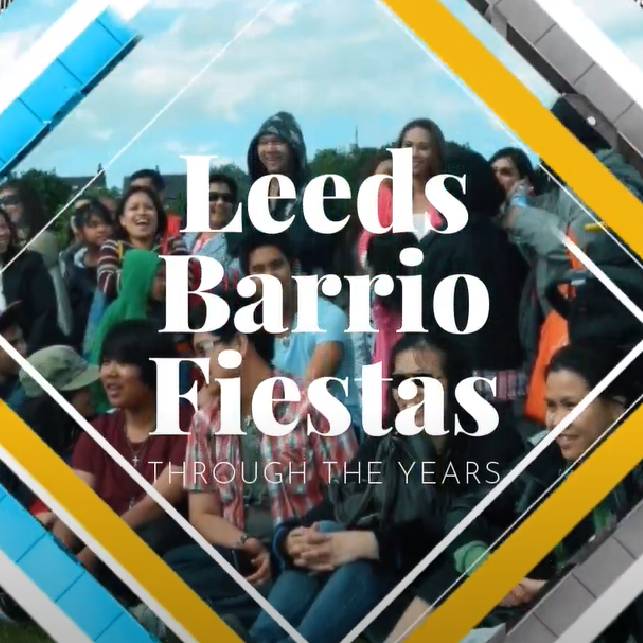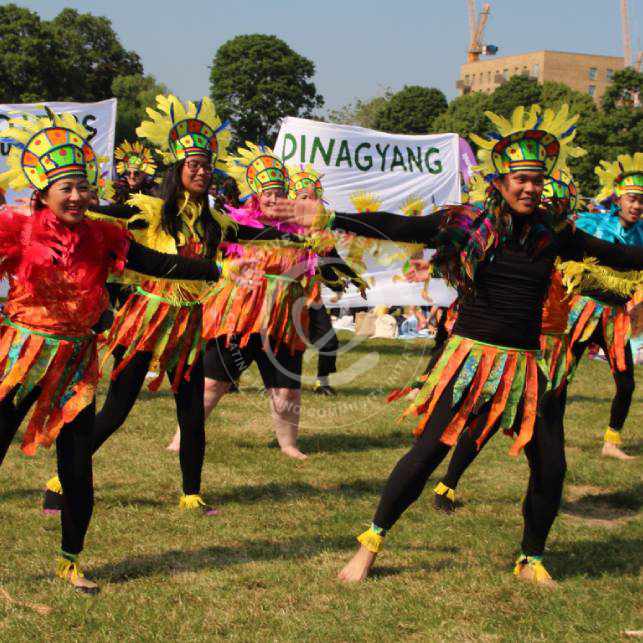Let me start with a confession: I’m a good dancer—with two left feet. I’ve never been the most graceful on the dance floor, and you won’t catch me volunteering to lead a choreography anytime soon. But life has a way of nudging you into unexpected places. I’m married to Emma, a woman with boundless energy and deep passion for Philippine performing arts. Through her, I’ve spent the better part of the last decade helping backstage, carrying props, adjusting sound systems, and yes—occasionally joining a dance finale despite my “two left feet.”
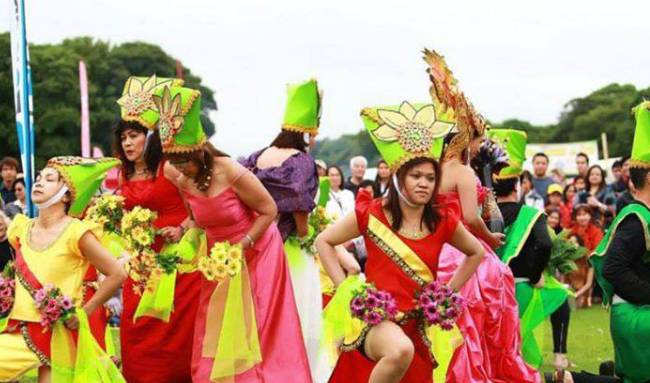
In that time, I’ve had the privilege of witnessing the heart and hustle behind every cultural performance staged by the Filipino community in the UK. What I’ve seen is not just art; it’s resilience. It’s identity. It’s people preserving heritage through rented venues, borrowed costumes, and borrowed time.
This blog is a reflection of that lived experience, and a quiet call to recognise something that continues to grow despite limited resources: Filipino cultural dance workshops—still a cottage industry in the UK.
A Labour of Love
Across community halls, driveways, open parks and living rooms, you’ll often find dedicated volunteers teaching tinikling, pandanggo sa ilaw, singkil, or itik-itik. These workshops are commonly run by families, friends, or small dance troupes who self-fund their activities or depend on modest donations. Teachers are rarely paid, and choreographers often juggle full-time jobs while carving out time to train dancers—many of whom are first or second-generation Filipinos seeking a connection to their heritage.
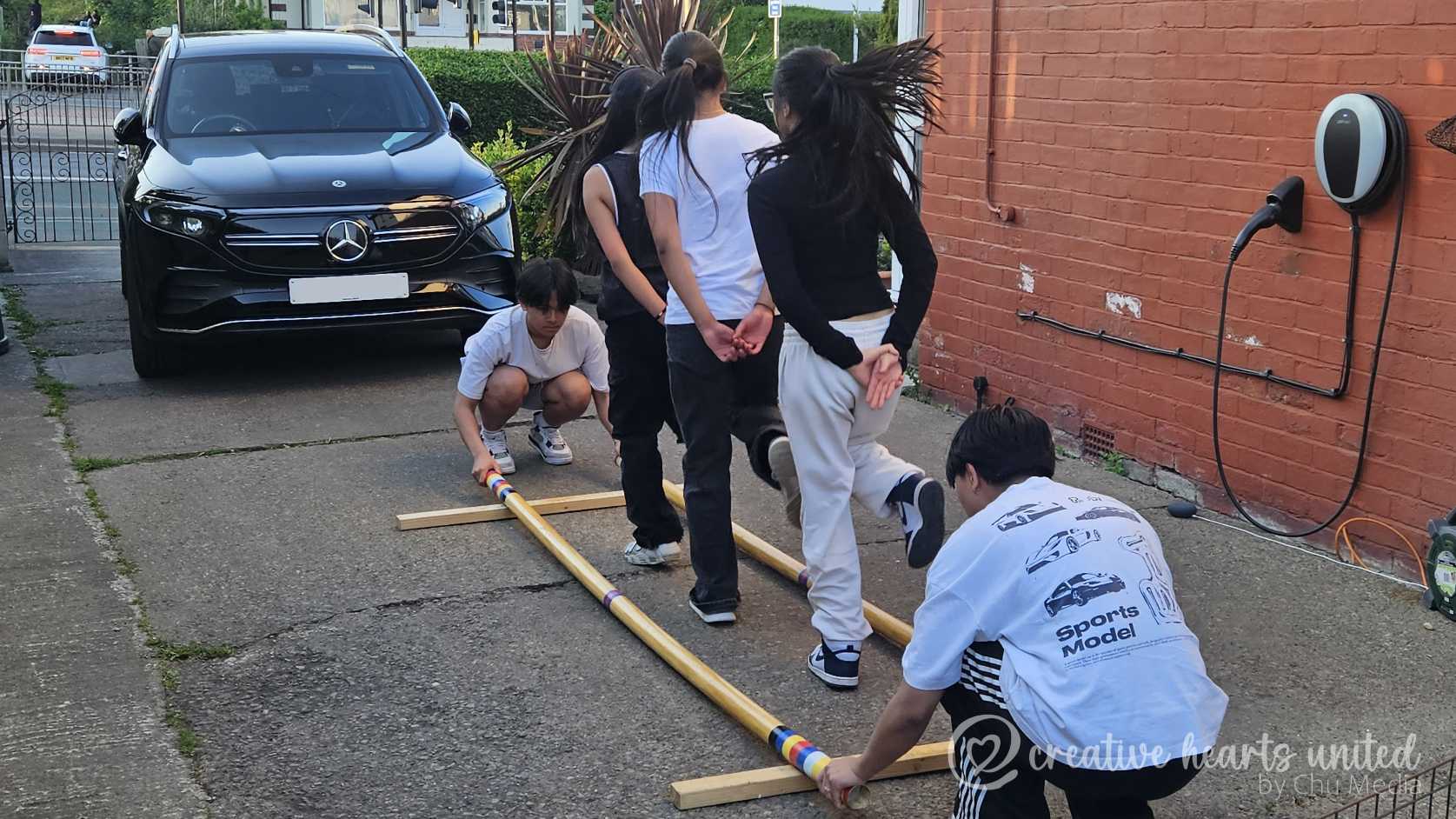
The scale is modest: a group of nurses came straight out from a day shift, dozen students after school, plastic pipes painted to mimic a bamboo poles, and costumes that are rarely traditional in the strictest sense. In many cases, outfits are creatively assembled from pieces bought on Temu and Shein, chosen for affordability and convenience. With few options for authentic baro’t saya or malong in local shops, organisers often turn to online marketplaces to craft looks that are “Filipino-inspired”—adding props, hand-sewn embellishments, or DIY accessories to give them cultural flavour.

This blending of tradition with practicality is emblematic of the broader workshop culture: resourceful, heartfelt, and community-made.
The Value Beyond the Dance
Yet what these workshops offer is immense. They serve as intergenerational bridges, connecting young British-Filipinos to a cultural identity that’s often diluted by distance. They teach more than dance—they pass down stories, history, values, and community pride. For many participants, the workshops become safe spaces for belonging, creativity and pride.
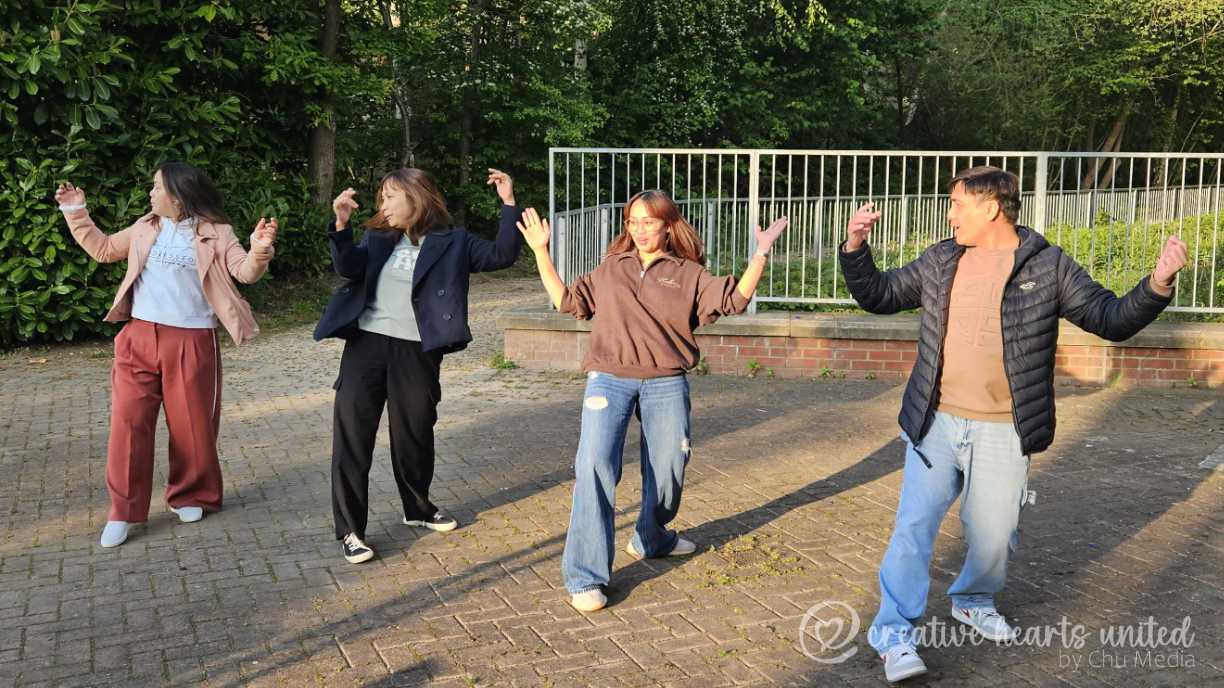
There’s also a growing realisation within the community that these traditional arts can be a tool for youth engagement and cultural diplomacy. In cities like Leeds, London, and Manchester, cultural groups like Yorkshire Filipino Group, have begun to take root—fostering cultural leadership and collaborating with charities, and event organisers. But the infrastructure remains limited, and the sustainability of these efforts is uncertain without consistent backing.
The Roadblocks
One of the biggest challenges remains funding. Cultural grants from private foundations or government bodies are competitive and often favour more mainstream or contemporary art forms. Many Filipino community groups don’t have the administrative bandwidth or expertise to apply for such grants. Visibility is another hurdle. Without institutional promotion or inclusion in school programs, Filipino cultural dance remains largely unknown to the wider British public.
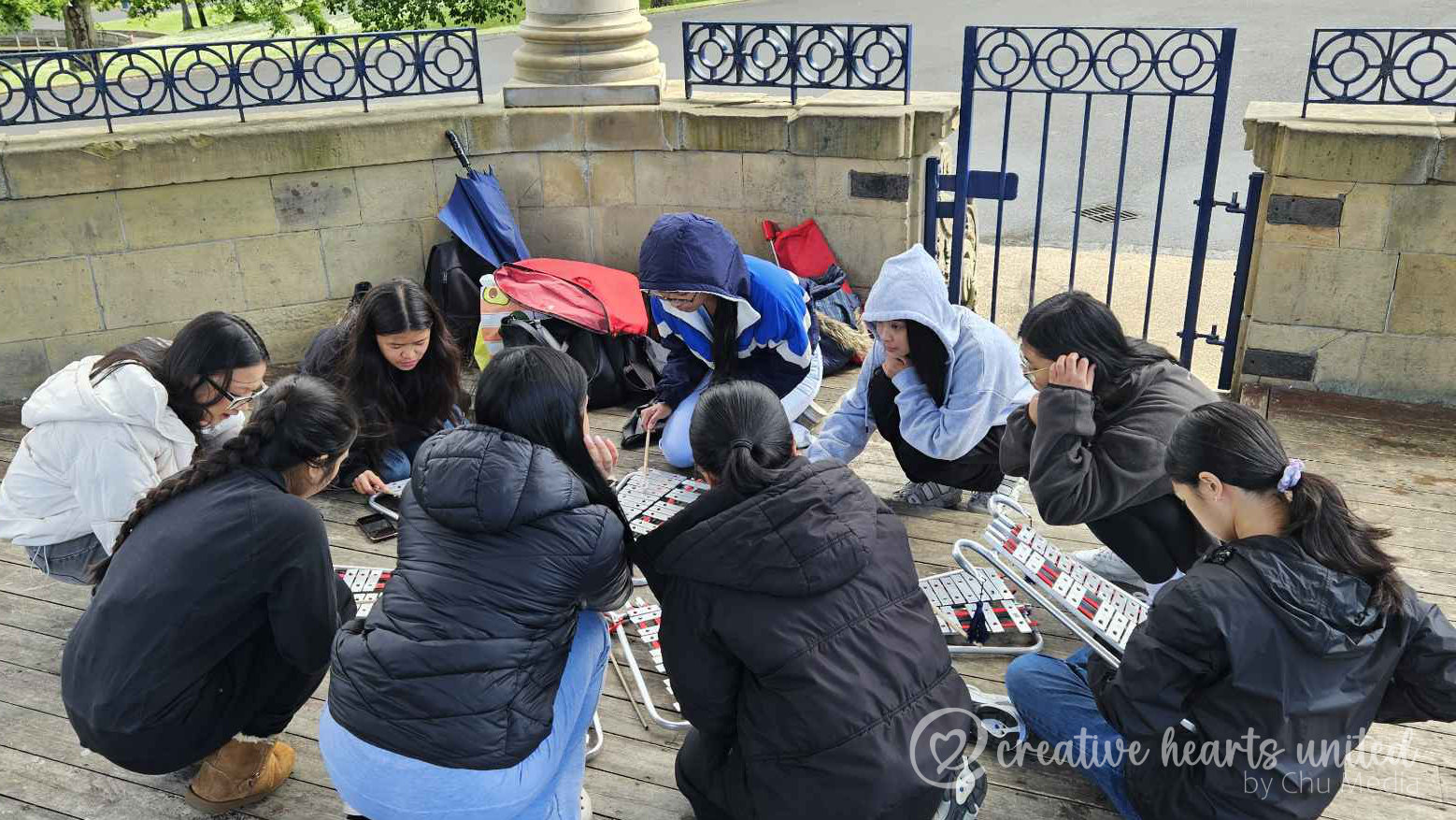
Another hard truth we must acknowledge is the way some cultural event do not support these performers financially. Filipino dance groups are often invited to perform at multicultural events or community festivals—with little to no incentive at all. Although not all event organisers are the same, the majority of the performers often end up supporting themselves by paying for costumes, props, transport, accommodation, rehearsal venues, refreshment, and time.
And yet, our performers show up—dancing barefoot, wearing Temu-assembled costumes, smiling through hours of rehearsals and logistics—all because of their love for the art and their heritage. It is this deep commitment to preserving Filipino culture that makes these dancers accept such conditions, even if it means they absorb the costs, the time, and the toll.
While it’s admirable, it is also unsustainable. Love alone cannot fuel a cultural movement without support, respect, or infrastructure.
A Call for Support
To move beyond the cottage industry stage, Filipino cultural dance in the UK needs broader recognition and structural support. This could mean partnerships with arts organisations, incorporation into cultural festivals beyond the Filipino community, or funding to train cultural workers and preserve choreography. It also means encouraging British-Filipino youth to embrace leadership in the arts—and giving them platforms to shine.
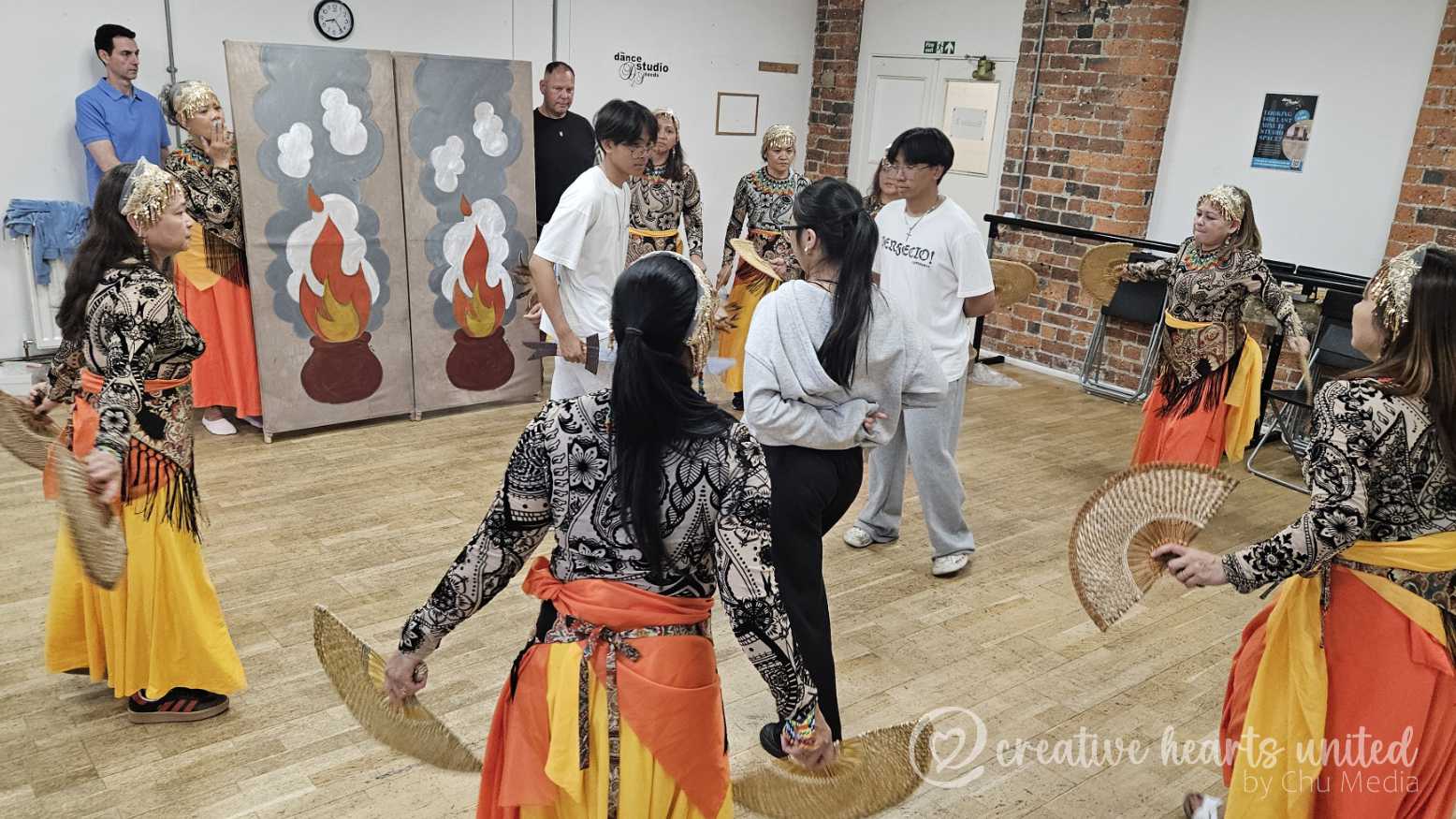
And perhaps most importantly, it means valuing the artists and groups who bring their heritage to life—not as free entertainment, but as cultural contributors who deserve dignity and fair compensation.
What is clear is that the passion exists. The artistry is there. The stories are rich. What’s missing is the bridge between this wealth of culture and a system that can sustain it.
Until then, Filipino dance workshops in the UK will continue—against the odds, in community halls and someone’s back gardens—keeping tradition alive, one step (and one Temu order) at a time.
